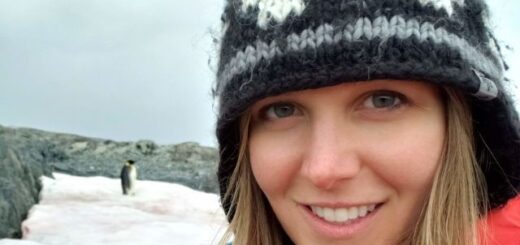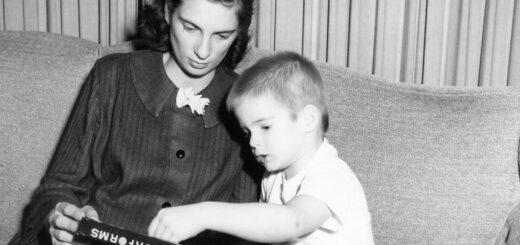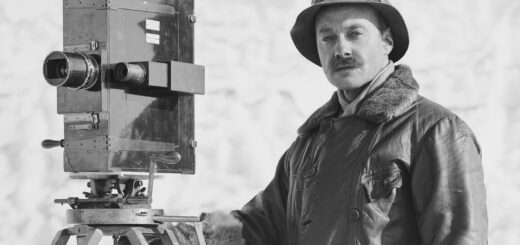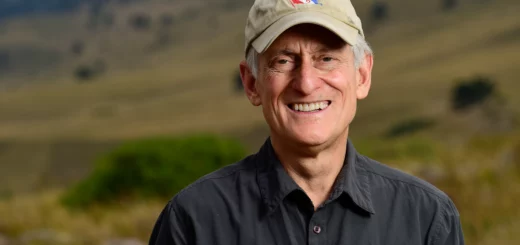A Trip to the Moon and the Role of Iceland in Apollo
A talk by Moonwalker and Geologist Harrison Schmitt at Reykjavík University – July 9, 2015 at 5.00 pm. Hosted by The Exploration Museum. The exposure of Apollo Astronauts to the geology of Iceland contributed...




